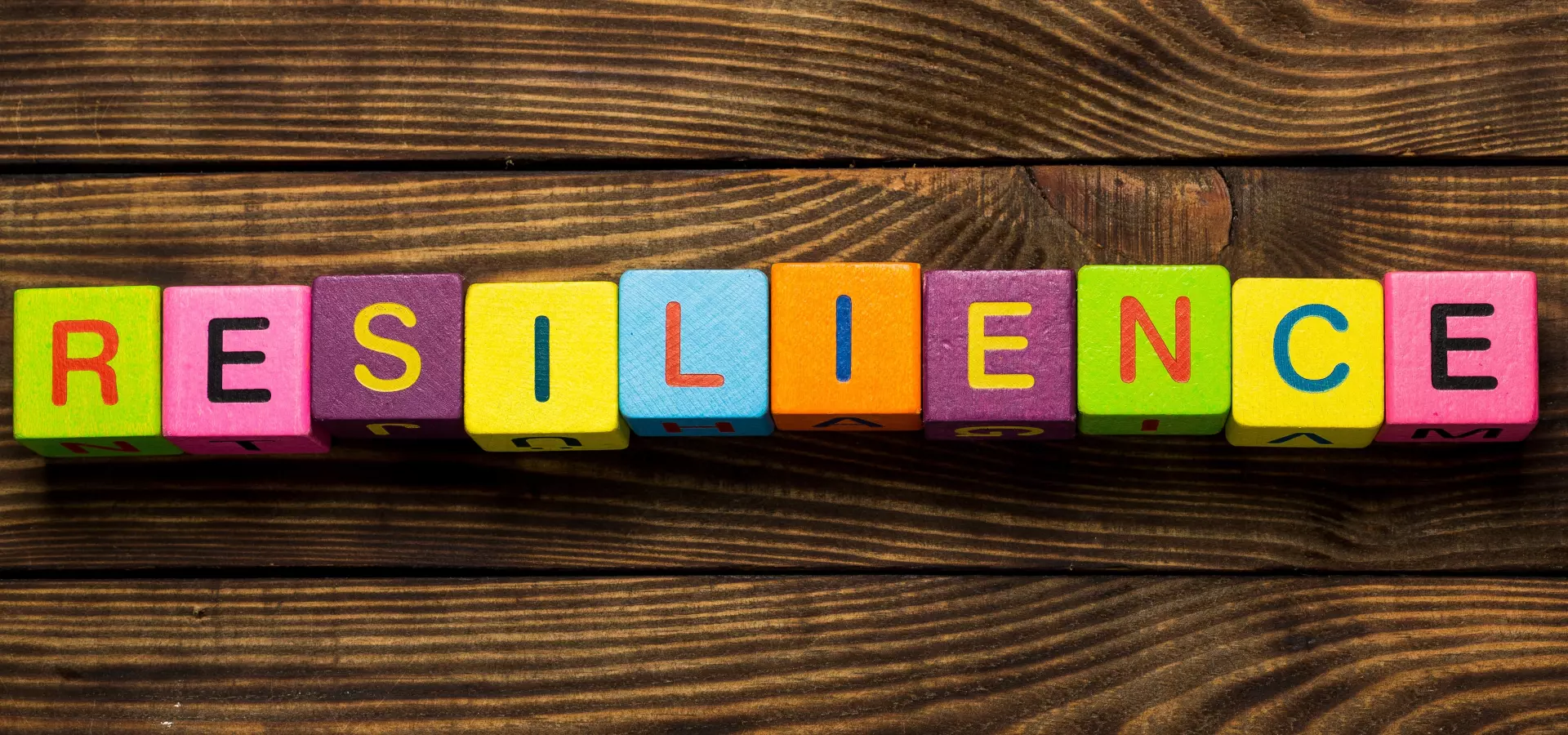
Resilience: where next?
Resilience continues to be a concept very much in vogue, a fact underlined by the BBC recently identifying the concept as one of five ‘Keywords for Our Time’. Its high profile and tendency to be used to support a variety of different agendas have led some, including the author of the BBC programme to question the motivations around its use. Undeniably, the concept has been useful to us here in Glasgow, supporting an ability to build on analysis of current problems and their causes with an orientation to a future where problems both known and still unknown will face us. However, we also need to be aware of the changing nature of our challenges.
Four years ago, the GCPH entered the discussion around resilience by exploring what the concept could offer in tackling the city’s public health challenges. This week’s event will allow us to pause and reflect on where the resilience concept has taken us. Has it enabled different and potentially more successful actions to tackle our current challenges and prepare for future problems? If so, how? What are we doing differently and what remains to be done? As well as hopefully celebrating some successes, such as the publication of the City’s Resilience Strategy and its role as a founder member of the Rockefeller 100 Resilient Cities Network, we will also explore if gaps and current limits to progress exist.
Our report Resilience for Public Health included a series of recommendations in the form of underlying principles for action to increase the likelihood of the city, its communities and people thriving in the face of future challenge. A definition of resilience to support public health priorities was produced: “the capacity for populations to endure, adapt and generate new ways of thinking and functioning in the context of change, uncertainty or adversity”. We also explored how the resilience concept could be used to reframe thinking in four key areas of policy and strategy in the city: the economy and work; culture; governance; and infrastructure. In all four areas we stressed the importance of using the strengths which already existed in the population as a source of support both in times of crisis, but also of new ideas and solutions when changing circumstances, such as the decline of certain industries or occupations, which require new approaches to be developed. This led to the empowerment of communities being stressed as a key resilience action.
We argued that to support the resilience of people and communities, we must see the two as interconnected; resilience shouldn’t be reduced to a trait or quality of individuals – it is also embedded in the circumstances and networks in which people live. Investment in social infrastructure, the places and opportunities that allow us to meet others, connect and find common ground, is therefore as important as investment in the physical infrastructure that moves people, goods and services. We must also ensure material needs are met as people’s ability to cope is impeded by the multiple stresses associated with experiences of both poverty and living in an unequal society.
Glasgow City Council’s City Resilience strategy soon followed and identified continuing inequalities in income, health and power as key chronic stressors which will impede the city’s progress and ability to successfully adapt in the face of climate change, economic shifts, technological innovation and other disruptions as yet unknown. Resilience is also prominent in Glasgow City Council’s Strategic Plan and the city’s Community Plan. The centrality of networks, formal and informal, for our health and wellbeing, has also been echoed and supported by the Glasgow City Health Inequalities Commission report on Mental Health.
Against these encouraging signs, we must be vigilant, particularly to the criticism that the spread of the resilience concept has coincided with a period of reduced spend in exactly the kinds of services and infrastructure that are needed to support well-connected communities. Welfare reform, for example, presents a challenge to how we progress on the success principle of meeting material need, not just through its effects on individuals but for local economies also. The rise of in-work poverty also challenges us, given that disruptions in the jobs market brought about by innovations such as automation and artificial intelligence are likely to increase competition for work in many sectors of employment. The growth of foodbanks indicates both a failure to tackle inequality and an example of community responsiveness. Although the voluntarism and ingenuity demonstrated should be seen as key assets for resilience, we cannot count the presence of foodbanks a success. As we pause to reflect where the resilience concept has taken us at our forthcoming Healthier Future Forum, we will look to identify opportunities for new ways of working to address some of these continuing issues.
Read more about resilience in the related blogs in our series:
Surprises at work: building resilience through recognition and appreciation
Can asset-based community development build wellbeing and resilience in communities?